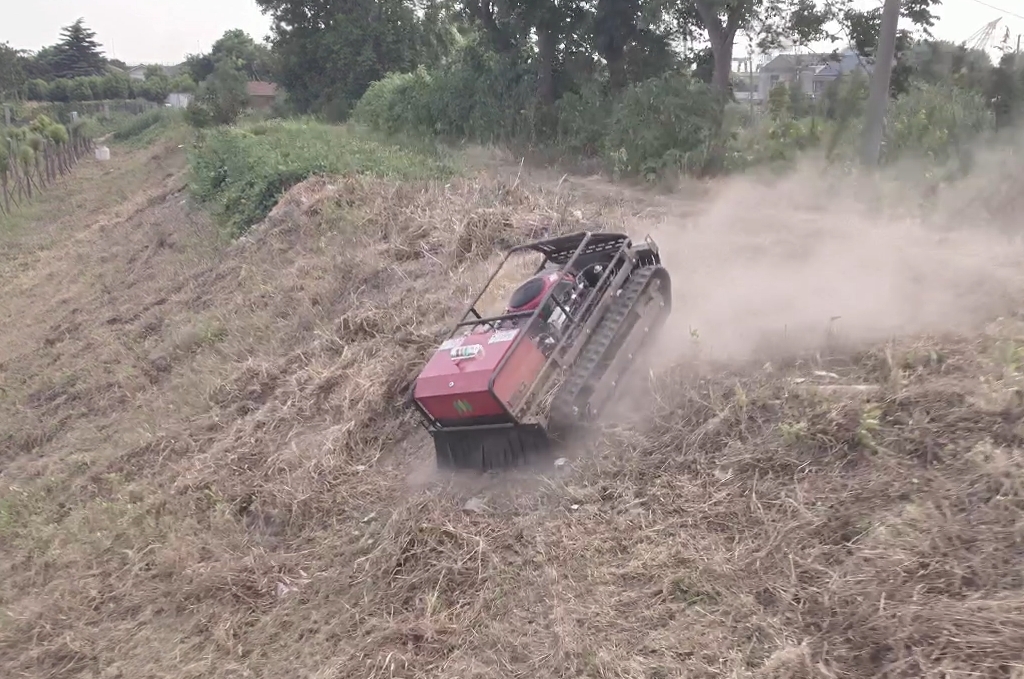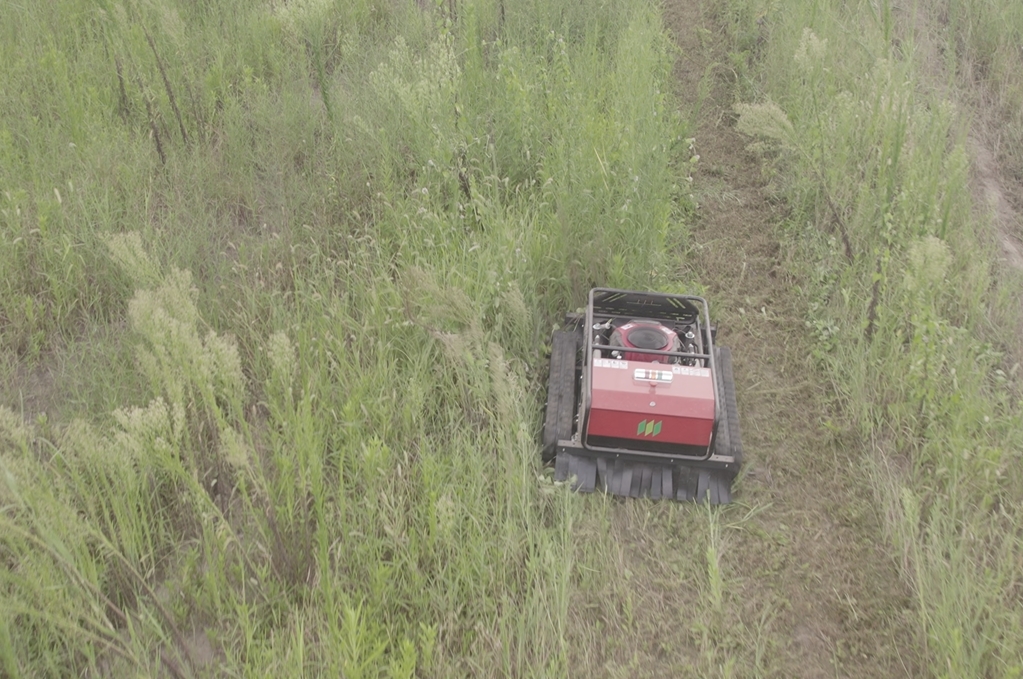Maintaining a lush, well-kept lawn begins with selecting the right lawn mower blades. The type and condition of your mower blades play a crucial role in both the health and aesthetics of your grass, even if you don’t notice it at first. Whether you’re an experienced gardener or a new homeowner, choosing the proper blades is essential for achieving that flawless, green lawn you’ve always dreamed of.
In this guide, we’ll explore various types of lawn mower blades, including mulching blades, and help you understand what to consider when choosing replacements for your mower. You’ll learn how to properly measure and replace your blades to ensure a perfect fit for your machine. Additionally, we’ll share valuable tips on maintaining your blades to keep them sharp and performing at their best. By the end, you’ll have all the knowledge you need to make an informed decision and keep your lawn looking beautiful throughout the season.

Factors to Consider When Choosing Lawn Mower Blades
Selecting the right lawn mower blades for your yard is more than just a matter of convenience—it directly influences the health and appearance of your grass. To help you make an informed decision, here are the key factors you should consider when choosing lawn mower blades.
1. Grass Type
The variety of grass in your lawn significantly affects the type of blade you should choose. For lawns with well-maintained, short grass, a standard blade may suffice. However, if your lawn contains taller or denser grass, a mulching blade could be a better fit. Certain grasses, like Bermudagrass, thrive with low-lift blades, while other types, such as turf-type tall fescue, may benefit from high-lift blades to achieve optimal cutting.
2. Lawn Size
The size of your lawn also influences blade selection. For large lawns, consider blades that help collect grass clippings and debris, as they can make the job easier and reduce the need for additional cleanup. For smaller lawns, a standard blade or mulching blade should work perfectly, as they can cut and recycle clippings back into the soil for natural fertilization.
3. Mowing Frequency
The frequency with which you mow also plays a role in determining the right blade type. If you mow regularly and follow the “1/3 rule” (only removing one-third of the grass height at a time), mulching blades are an excellent choice. They finely chop clippings, which then fall back into the lawn, providing natural nutrients. For less frequent mowing or dealing with overgrown grass, high-lift blades or gator blades are more suitable for lifting and cutting thick or long grass efficiently.
4. Desired Finish
The finish you want for your lawn also determines the right blades to use. If you desire a neat, professional-looking lawn, high-lift blades are ideal because they provide strong suction, standing the grass upright for a precise cut. On the other hand, if you prefer a more natural look with clippings recycled back into the lawn, mulching blades will suit your needs better.
How to Measure and Replace Lawn Mower Blades
1. Measuring Blade Length
To replace your mower blades, accurate measurement is key. First, ensure the mower is off and the spark plug is disconnected for safety. Locate the blades under the mower deck. Measure diagonally from the sharpest point at one end to the sharpest point on the opposite end to account for asymmetry. Record the measurement in both inches and millimeters for reference when purchasing a replacement.
2. Checking the Center Hole Size
To remove the old blade, you’ll need to measure the center hole. Use a set of calipers to get an accurate reading, and note any side holes or specialized hole shapes (such as star or H-pattern). Be sure to measure the diameter of these holes and the distance between them if applicable.
3. Removing Old Blades
To remove the old blade, tilt the mower back carefully, ensuring it is stable and safe to work on. It’s best to do this when the gas tank is empty to prevent spills. Pay attention to the orientation of the blade and any washers or mounting hardware as you’ll need to reinstall them correctly with the new blade.
4. Installing New Blades
Ensure the new blade matches the dimensions and type of the old one. Install it in the same direction and orientation. A piece of wood can be used to keep the blade from turning while you tighten the bolt. Always wear protective gloves when handling sharp blades, and double-check everything before you start the mower.
Maintaining Your Lawn Mower Blades
To keep your lawn mower blades working efficiently, regular maintenance is essential. This not only extends the life of your mower but also ensures a healthier, more attractive lawn.
1. Cleaning Mower Blades
Safety should always come first—wear sturdy gloves and eye protection before handling mower blades. Clean the blades after every use to remove grass clippings and debris. A high-pressure hose is effective for rinsing off clippings, while a stiff-bristled brush can help with tougher residue. Once cleaned, dry the blades thoroughly to prevent rusting.
2. Sharpening Mower Blades
Sharp blades are essential for a healthy lawn. However, if you’ve sharpened your blades multiple times, it may be time for a replacement, as repeated sharpening can weaken the metal. Always handle blades carefully when sharpening, as they become extremely sharp during this process.
3. When to Replace Blades
Generally, you should replace your mower blades every one to two years. However, certain signs indicate that a blade needs to be replaced sooner, such as bent blades (which can happen when mowing over rocks or hard objects) or deep dents, gouges, or missing pieces. These issues compromise safety and the mower’s performance, so they require immediate attention. Damaged blades can pose a risk by propelling debris during operation.
Conclusion
Choosing the right lawn mower blade can make a significant difference in the appearance and health of your lawn. By considering factors like grass type, lawn size, and how frequently you mow, you can choose the best blades for your needs. Regular maintenance, such as cleaning, sharpening, and replacing worn blades, will ensure your mower continues to work efficiently and keeps your lawn looking its best.
Remember, the right blade is just one part of proper lawn care. When combined with good mowing practices and overall lawn maintenance, it helps you achieve the lush, well-manicured lawn you desire.
FAQs
What type of lawn mower blades are best for different grass types?
For cool-season grasses, high-lift blades are often the best choice, while low-lift blades work better for warm-season grasses. Gator blades are ideal for cutting tall grass or shredding leaves, and mulching blades excel when you want to recycle clippings as natural fertilizer.
Should I use high-lift or mulching blades?
If your goal is to efficiently discharge clippings, high-lift blades are the better option. If you prefer to return clippings to the lawn as natural fertilizer, mulching blades are a superior choice.
How do I find the correct blades for my mower?
Look for the OEM (Original Equipment Manufacturer) number, which identifies the blade model that fits your mower. Searching for this number online should give you the exact replacement.
Which performs better, Gator blades or mulching blades?
Gator blades are unique in that they lift the grass for a clean cut, making them ideal for bagging clippings or handling uneven growth. Mulching blades, in contrast, are designed to finely chop and return clippings to the lawn, which is great for recycling nutrients but less effective for collecting clippings.


